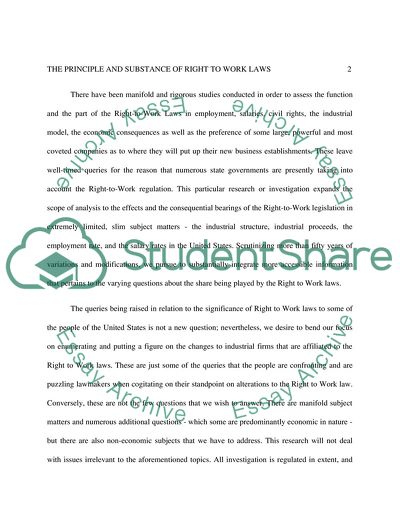Cite this document
(“The Principle and Substance of Right to Work Laws Assignment”, n.d.)
The Principle and Substance of Right to Work Laws Assignment. Retrieved from https://studentshare.org/macro-microeconomics/1772265-develop-a-review-of-literature-on-right-to-work-state
The Principle and Substance of Right to Work Laws Assignment. Retrieved from https://studentshare.org/macro-microeconomics/1772265-develop-a-review-of-literature-on-right-to-work-state
(The Principle and Substance of Right to Work Laws Assignment)
The Principle and Substance of Right to Work Laws Assignment. https://studentshare.org/macro-microeconomics/1772265-develop-a-review-of-literature-on-right-to-work-state.
The Principle and Substance of Right to Work Laws Assignment. https://studentshare.org/macro-microeconomics/1772265-develop-a-review-of-literature-on-right-to-work-state.
“The Principle and Substance of Right to Work Laws Assignment”, n.d. https://studentshare.org/macro-microeconomics/1772265-develop-a-review-of-literature-on-right-to-work-state.


